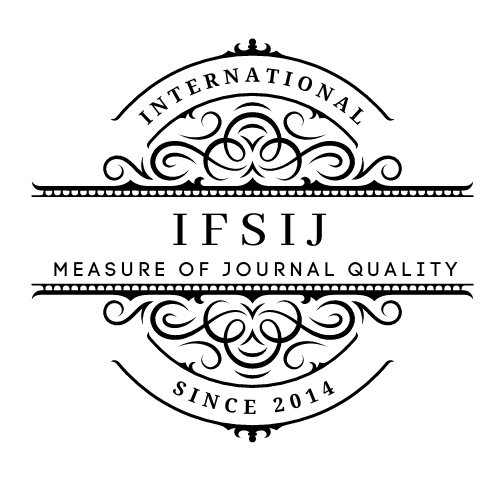ON THE QUESTION OF THE THEORY OF SENTENCE MODELS IN ENGLISH, UZBEK, AND RUSSIAN
Keywords:
Sentence models, syntactic aspects, valency, actants, word order, analytic language, agglutinative language, fusional-synthetic language, Russian, English, Uzbek.Abstract
This article addresses the theory of sentence models in three typologically distinct languages—English, Uzbek, and Russian. Drawing on the foundational contributions of V.G. Admoni, I. Erben, and L. Tesnière, the discussion centers on various syntactic aspects that characterize sentence structure, including the structural, linear, categorical, functional, and semantic dimensions. Special attention is paid to the concept of valency as a means of determining obligatory and optional actants, as well as to the role of word order and morphological features in shaping sentence models across analytic, agglutinative, and fusional-synthetic languages. The study underscores the importance of systematically accounting for both formal and functional attributes of the sentence and highlights the regular realizations of sentence models as a key focus in modern syntactic research.
Downloads
Published
How to Cite
Issue
Section
License

This work is licensed under a Creative Commons Attribution-NonCommercial-NoDerivatives 4.0 International License.















